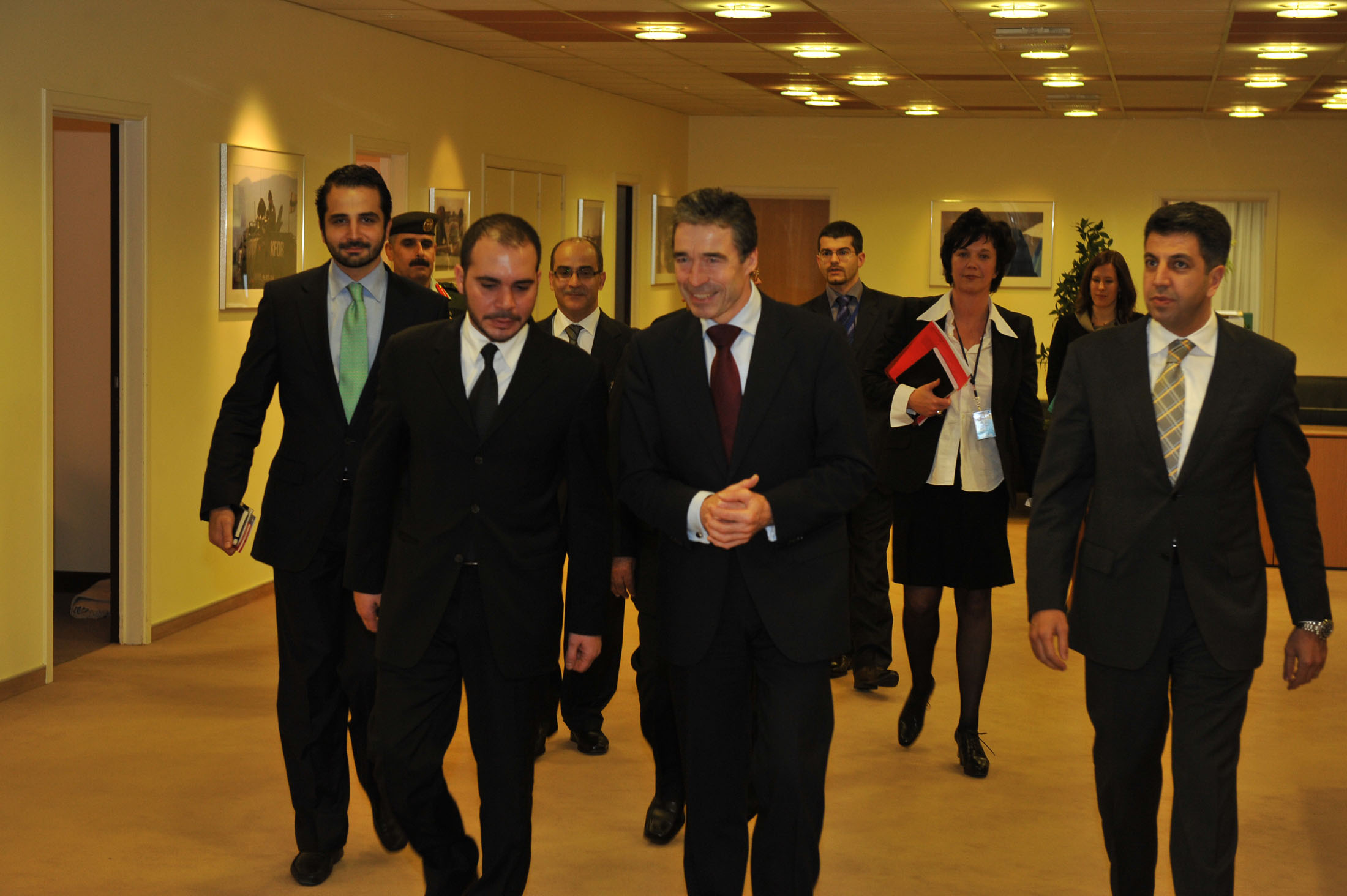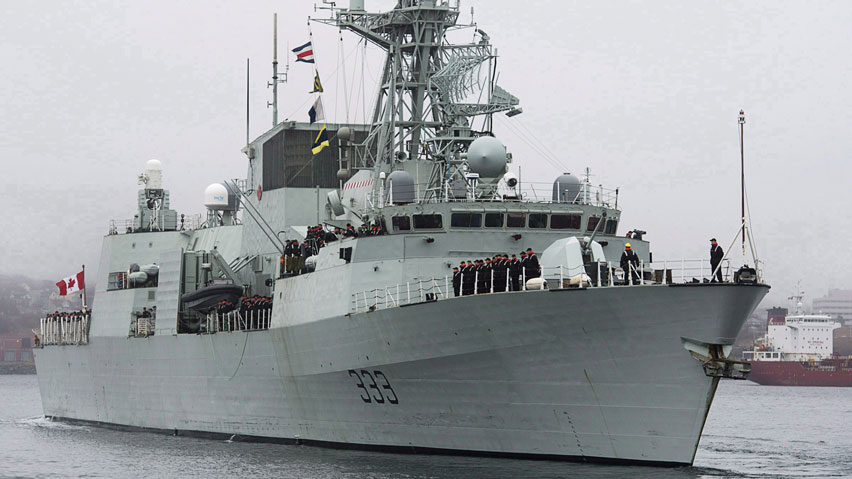In 1994, NATO launched two new ambitious initiatives: the Partnership for Peace (PfP) and the Mediterranean Dialogue (MD). Both were efforts by the Alliance to tackle the new realities created by the collapse of the Eastern Bloc.
The two initiatives differed wildly in their aims and means, however. The Partnership for Peace had a very clear goal and ways of getting there. The transition countries of Central and Eastern Europe were eventually to become a part of NATO, and the Partnership for Peace was going to aid them in the process, by providing assistance in defence sector reform, managing civil-military relations and a host of other issues.
A Confused Endeavour
The Mediterranean Dialogue had neither such clear-cut objectives nor ways of achieving them. Initiated in 1994 with five North African and Middle Eastern countries, the MD was launched primarily out of the recognition that with the end of the Cold War, one of the major threats to North Atlantic security would come from mostly non-state actors based in the Middle East and North Africa region (MENA). Its vaguely framed goals were centred on ensuring security and stability, as well as combatting terrorism and halting the spread of weapons of mass destruction.
How it was supposed to achieve these lofty goals was never adequately defined, however. Especially in its early stages, activities consisted mainly of low-level bilateral meetings between delegates from MD member countries and NATO officials at NATO headquarters. Furthermore, funding was extremely limited, and what appears especially vexing, considering its nature as a security dialogue, military contacts between the two sides were barely existent.
One of the major issues holding back the MD in earlier years, and to a lesser degree today is the varying degrees of enthusiasm exhibited by NATO members in their engagement in the MENA region. The MD was launched primarily at the behest of Southern European NATO countries, particularly France, Spain and Italy. They were and are concerned especially with migration from the MENA region as a result of political instability, as well as economic security. NATO members further north, particularly Germany, and the new members from Central and Eastern Europe, were much more focused on NATO’s eastern flank.
9/11ff.
The terrorist attacks of 9/11 complicated things further. On the one hand, it pushed the MENA region to the forefront of NATO’s agenda. However, the subsequent wars in Afghanistan, and especially in Iraq, soured the already largely negative public image of NATO and especially its most important member, the United States, in the Arab world. This had already previously been a large stumbling block in the Alliance’s engagement with the region.
In 2004, NATO launched the Istanbul Cooperation Initiative (ICI), yet another partnership for the Middle East, with four states in the Arabian Gulf. This was mostly a result of American interests in the region. Its stated aim was to increase practical security co-operation in areas such as counterterrorism and counter-WMD, as well as ensuring military interoperability. The launch of the ICI, clearly with an eye to the Iraq War, once again demonstrated that unilateral engagement in the region, especially by the United States, largely overshadowed concerted NATO efforts to engage with regional countries.
Even if NATO was unambiguously committed to the MD and the ICI, it is not clear what should be done. Obviously, NATO membership is not on the cards for any MENA countries. Providing its dialogue partners with security guarantees, which some of them have been hoping for, is not a realistic possibility either. For most of these countries, the largest security threats have been internal, that is, in the form of domestic opposition to autocratic rule. Clearly, NATO has not been willing to compromise its own values to prop up authoritarian regimes, unlike some of its individual member countries.
A New Spring?
The Arab Spring may have provided a chance for a fresh start for NATO and the MENA region. One on the hand, the emergence of more representative, if chaotic, politics in countries such as Tunisia may provide more of an incentive for engagement with NATO, especially if post-revolutionary countries demand assistance with managing military reform and related issues.
Secondly, the NATO-led intervention in Libya demonstrated that the MD may have at least had some limited success, particularly in ensuring military interoperability. Indeed, Jordan, a member of the MD, was able to and decided to contribute to Operation Unified Protector. So did the UAE and Qatar, both members of the ICI.
Going forward, NATO should continue to engage with the region. However, it may need to adapt its approach. While a comprehensive framework open to all MENA countries, which both the MD and the ICI nominally are, may be desirable, NATO needs to acknowledge the fact that the region is far from homogenous in political, military, strategic and indeed cultural terms. It should therefore tailor its approach to each of its dialogue partners. Clearly, relations with Tunisia, a post-revolutionary fledgling democracy should not be on the same footing as relations with the Gulf Monarchies. This renewed emphasis on NATO+1 co-operation may offers the most promising way forward in engaging the MENA region.




